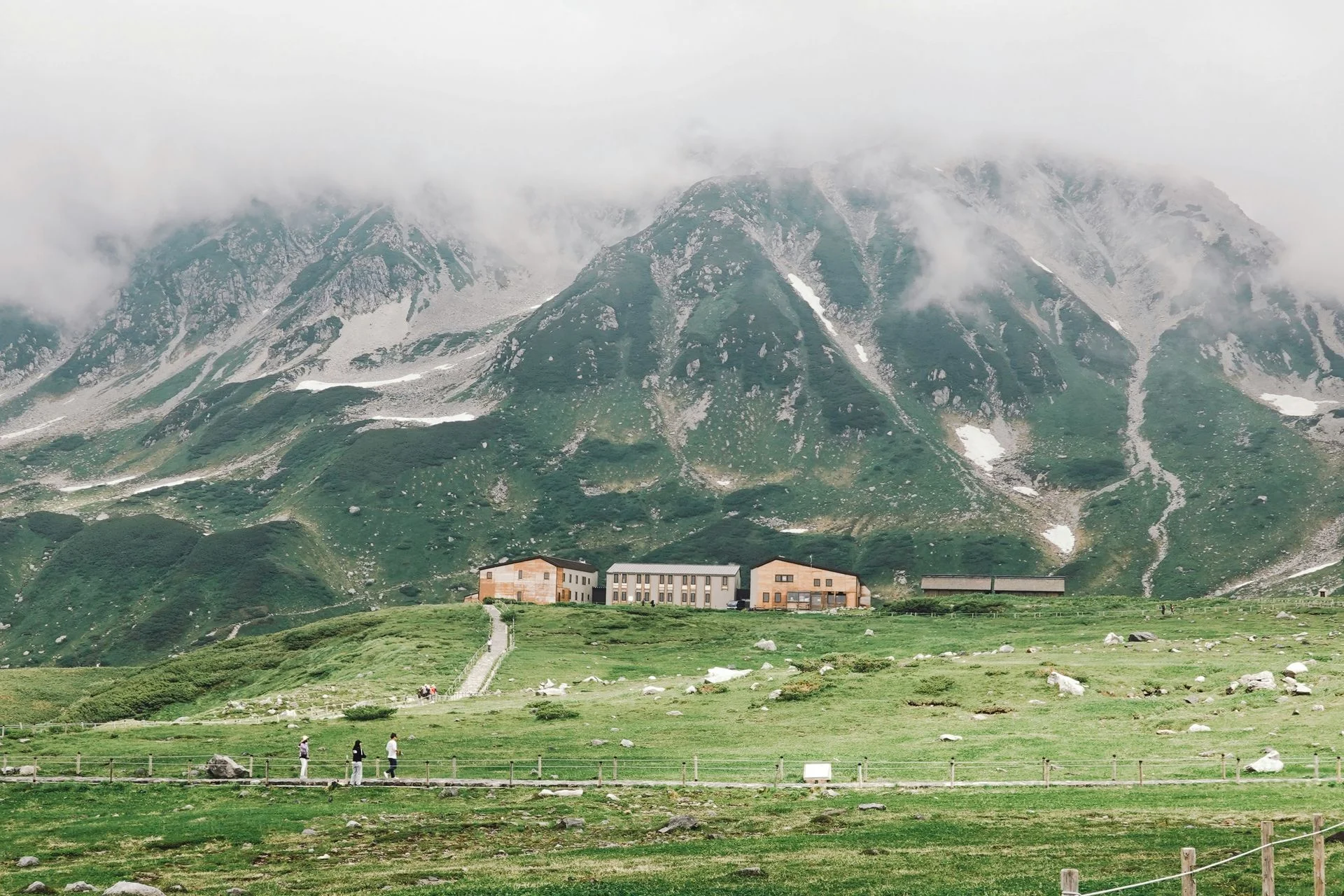Scuba Diving in Tateyama
The Ultimate Guide
The small fishing town of Tateyama in Chiba Prefecture hides one of Japan’s most adrenaline‑pumping dives. Just a five‑minute boat ride from the harbour is the famous **Shark Scramble**, where hundreds of banded hound sharks, stingrays and groupers circle in slow motion around divers. Locals feed the sharks to keep them away from fishing nets, so they remain placid and approachable while creating an unforgettable shark tornado. The dive is relatively shallow but subject to strong currents and cold water, so advanced certification and a comfort with low visibility and big animals are essential. When the sharks disperse, colourful soft corals, anemone gardens and schools of reef fish cover the seabed. This unique dive makes Tateyama a must‑do day trip for adventurous divers visiting Tokyo.
Difficulty
Moderate
Temperature
14-27°C
Visibility
10-20m

Diving Highlights
Best Months to Dive
Getting to Tateyama for Diving
✈️Transportation
Tateyama is easily reached from Tokyo. Fly into Tokyo’s Haneda or Narita
airports and take the JR or express bus to Tateyama in Chiba Prefecture (about
two to three hours). Dive operators are based at Ito Port in Tateyama; from
there a speedboat covers the short hop to the Shark Scramble in five to ten
minutes. Day trips from Tokyo depart early in the morning and include round‑trip
transport, tanks and dive guides.
Country
Japan
Currency
Japanese Yen
Electricity
100V, 50/60Hz, Type A/B plugs
Cost of a Dive Trip in Tateyama
Day Trip
Meal
Accommodation
Best Dive Sites in Tateyama
🐠Shark City (East Buoy)
The eastern buoy of the Shark Scramble is where the magic happens. At a depth of around 18–24 m, hundreds of banded hound sharks form a lazy vortex around divers while large stingrays glide below. The current can be strong, so divers hook in to watch the spectacle hands‑free. After ten to fifteen minutes the sharks disperse and you can explore patches of sea fans and sponges.
🐢West Buoy
The western buoy lies in slightly shallower water and features banks of soft corals, anemones and schooling damselfish. Hound sharks and rays cruise by occasionally, but this site’s charm lies in its colourful invertebrate life and calmer conditions. It’s an ideal second dive after the intense Shark City.
What Divers Say About Diving in Tateyama
Yuki Tanaka
Underwater Photographer / Master Scuba DiverThere’s nothing quite like jumping into a swirling ball of sharks. On my first dive at Tateyama the surface water was murky and cold, but as soon as we descended I could make out the pale shapes of banded hound sharks weaving around each other. They kept a respectful distance but the sheer number of animals made my heart race. After the adrenaline rush we explored the western buoy where pastel soft corals and anemones carpet the rocks and clouds of butterflyfish flitted about. It’s a short, sharp, unforgettable dive – bring a thick wetsuit, hood and gloves and be ready to hang on in the current. The camaraderie on the boat ride back, sipping hot tea and comparing shark counts, is half the fun.
Frequently Asked Questions About Diving in Tateyama
When is the best time to dive Tateyama’s Shark Scramble?
July to September offers the warmest water and the largest congregations of hound sharks. Spring and autumn are also possible but the water is cooler and requires thicker exposure protection.
What marine life can I see at Tateyama?
The star attraction is the banded hound shark, but you’ll also encounter stingrays, batfish, jacks, lionfish, big groupers and colourful soft corals. Occasionally monkfish and other temperate species appear.
Is Tateyama suitable for beginners?
No. Shark Scramble is an advanced dive with currents, surge and cold water. Operators require at least an advanced certification and around 30 logged dives.
How many dive sites are there in Tateyama?
The Shark Scramble consists of two mooring buoys: the eastern buoy (Shark City) where most sharks congregate and the western buoy with soft corals. There are also nearby reefs used for training and macro diving.
What are the water temperature and visibility like?
Water temperature ranges from about 14 °C in spring to 27 °C in late summer. Visibility is typically 10–20 m but can drop during plankton blooms. A hood and gloves are recommended.
Do operators feed the sharks, and is it ethical?
Locals feed the hound sharks small fish to keep them away from fishing nets. The sharks remain docile and healthy. Feeding is controlled and regulated by the local dive community.